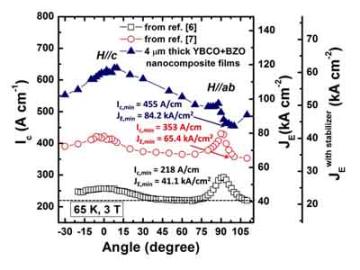
Polyphase wireless power transfer system achieves 270-kilowatt charge, s...

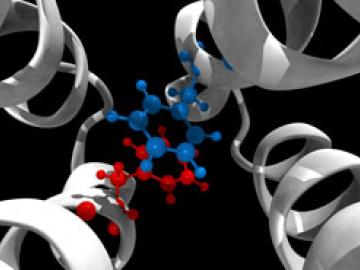

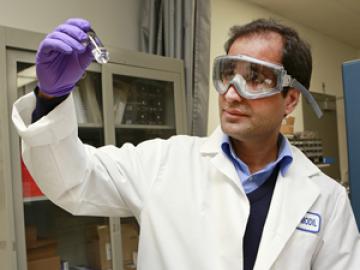

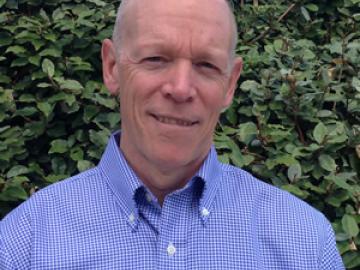

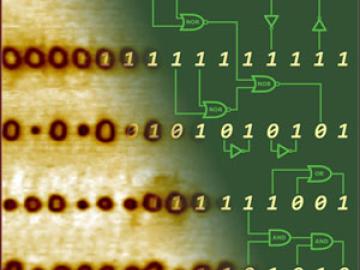
Unexpected behavior in ferroelectric materials explored by researchers at the Department of Energy’s Oak Ridge National Laboratory supports a new approach to information storage and processing.

